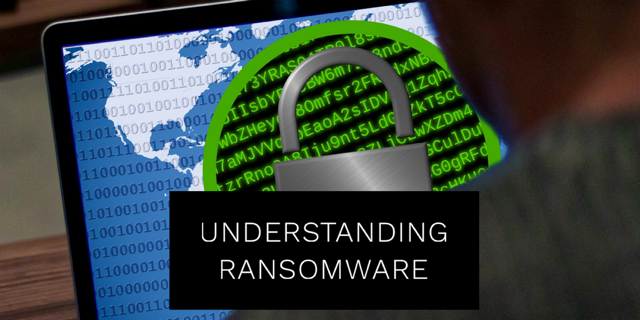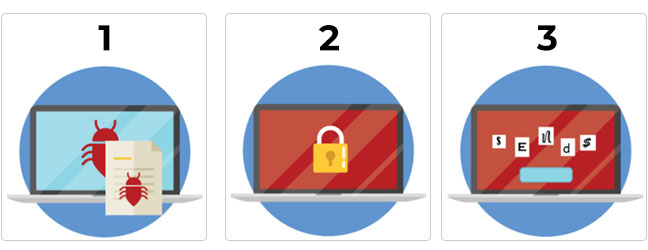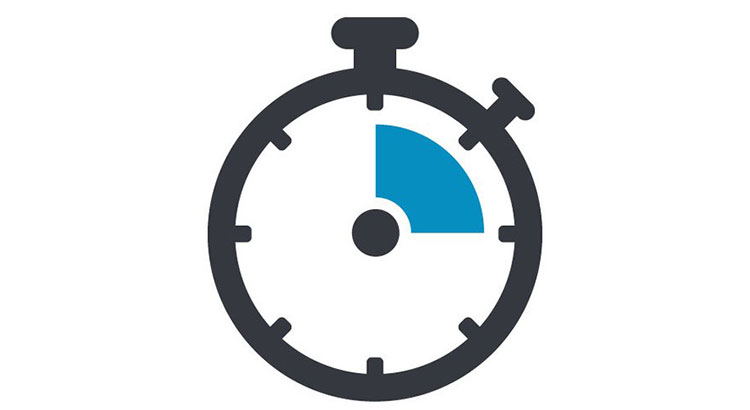
 ) 2.0 enables.
Cost is always an issue with cloud. One of our session attendees asked: do you have an example of a cloud vendor who does not toll for egress? There may be a few vendors that don’t charge, but one we know of that is toll free on egress is Seagate’s Lyve Cloud; they only charge for used capacity.
We were also challenged on the economics and increased cost due to the perceived complexity of multi-cloud specifically, security. While it’s true that there’s no standard security model for multi-cloud, there are 3rd party security solutions that can simplify its management, something we covered in the webinar.
If you missed this webinar, you can access it on-demand and get a copy of the presentation slides in the SNIA Educational Library
) 2.0 enables.
Cost is always an issue with cloud. One of our session attendees asked: do you have an example of a cloud vendor who does not toll for egress? There may be a few vendors that don’t charge, but one we know of that is toll free on egress is Seagate’s Lyve Cloud; they only charge for used capacity.
We were also challenged on the economics and increased cost due to the perceived complexity of multi-cloud specifically, security. While it’s true that there’s no standard security model for multi-cloud, there are 3rd party security solutions that can simplify its management, something we covered in the webinar.
If you missed this webinar, you can access it on-demand and get a copy of the presentation slides in the SNIA Educational Library


















Leave a Reply